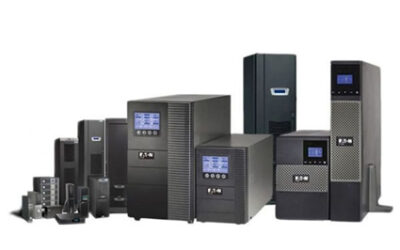Green Energy!
| Feature | Lead-Acid Batteries | LiFePO₄ Batteries |
|---|
| Cost | Lower upfront cost. | Higher upfront cost. |
| Lifespan | 3–7 years (depending on usage and maintenance). | 10–15 years (or longer with proper care). |
| Cycle Life | 500–1,000 cycles. | 3,000–5,000 cycles or more. |
| Depth of Discharge (DoD) | 50–60% (frequent deep discharges shorten lifespan). | 80–100% (can safely discharge more energy). |
| Energy Efficiency | 70–80% (energy lost in charging/discharging). | 90–95% (higher efficiency). |
| Weight | Heavy, making installation more challenging. | Lightweight, easier to handle and install. |
| Maintenance | Requires regular maintenance (for flooded types). | Maintenance-free. |
| Temperature Sensitivity | Performs better in colder conditions; efficiency drops in heat. | Performs well in a wide range of temperatures. |
| Environmental Impact | Contains toxic materials, less eco-friendly recycling. | More environmentally friendly and recyclable. |
| Scalability | Limited flexibility; adding more batteries can be complex. | Highly scalable, easy to expand storage capacity. |


